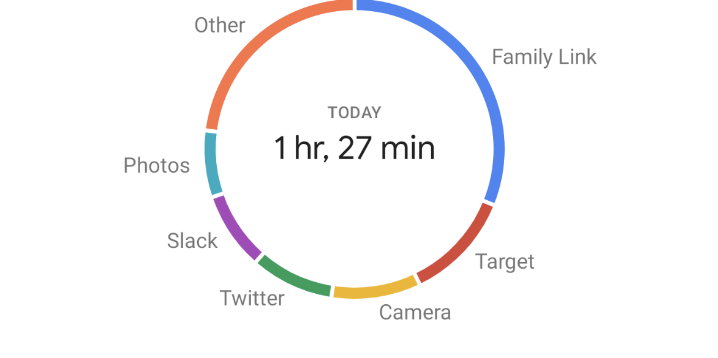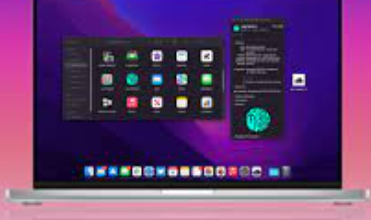How To Check Android Screen Time?

How To Check Android Screen Time: The digital well-being of your business is an essential aspect of your health. It is essential that mobile phones are not used so much that they become a threat to your social life.
You could also get addicted to using your phone if you have several applications that are interesting. This article will describe how to implement parental restrictions on Android and virtual well-being. The guide also explains other features such as setting app timers, sleep modes, and attention modes along with parental controls.
What are the settings for Virtual Wellness on Android?
You can monitor your screen usage, notifications, and phone unlocking with Android’s Digital Wellness feature. There is an option here if you simply can’t bring yourself to give up and reduce your usage of a particular app.
You can schedule a set amount of time every day for focusing on specific apps. Unless the countdown resets at nightfall, you won’t have access to that application again after reaching your daily screen time restriction. You can access this feature in your phone’s settings. You must enable it since it is not enabled by default. Let me explain.
- To change the settings, go to the Settings menu.
- Choose Digital Wellbeing & Parental Controls.
- To manage your data, tap on the three dots in the upper right corner.
- Then switch to the Daily Device Usage option. You can see what applications you have used on the circular chart on the Digital Wellbeing screen. Within the circle, users can see how much time they spend viewing, as well as how many instances they have unlocked and how many alerts they have received.
Keep an eye on your screen time
There are two types of features in the Digital Wellbeing application to help you reduce screen time and interruptions: Ways to disengage and Minimize interruptions. There are several ways to unplug, including the application timer, sleeping mode, and concentration mode. On the Minimize Interruptions tab, you can access shortcuts for managing application notifications, including Do Not Disturb.
How to configure app timings
To avoid becoming lost in a rabbit hole of Instagram or playing games on the phone while you must be studying or communicating with others, create a daily schedule for the applications you use most often. You will receive a notification that the time period has expired, the application will become gray, and users will be prevented from launching it until after midnight, unless you turn it off deliberately.
- Dashboard can be accessed here.
- This will show you a summary of the apps you use most frequently. The application can be tapped to view screen time, alerts, and instances opened on a regular or hourly basis. Select the hourglass symbol next to the application to set up a timeframe.
- A timer can also be specified in the application details by selecting App Timer. You can set a timer to refresh all
- schedules at nightfall by pressing OK.
How do I configure bedtime mode?
You can use bedtime mode to wind down by turning off your phone and setting the display to monochrome so that you don’t stay up late reading or browsing social media. You can limit how much time you spend on screens during bedtime by doing a number of things.
Start by activating Do Not Disturb, changing the display to grayscale, and maintaining the screen black. You may elect which functions will be active while you are sleeping. It will turn on and off instantly when you program the hours and days that you want to use bedtime mode, so you shouldn’t have to worry about forgetting.
The Bedtime mode can also be configured to activate only when your smartphone is plugged in to charge. When you plug in your phone for a charge before going to sleep, you may activate the sleep setting on a routine. You can enter both your asleep and awakening times. Select Customize if you also wish your screen to become grey while you are sleeping.
Activating Focus Mode
You can halt an application directly in focus mode or even on a routine. It is possible to select a time and the day after, or several days later. You can take breaks from concentrate mode by clicking here. You can control app notifications and turn on do not disturb in the Reduce Interruptions area. You can also use parental controls to manage your kids’ screen time. Finally, we discuss parental restrictions. You may control the profile of your child unless you’re the default parent.
How Does Google Family Link Work?
You will connect your Google accounts to your mobile phone until you can adjust your children’s time on screen and other parental controls.
- Select Settings > Digital wellbeing & parental controls on your child’s phone.
- Tap Set up parental controls at the foot of the page.
- Select the Start button.
- Click the appropriate link.
Final Thoughts
Keeping track of your children’s screen time is also possible with Digital Wellbeing. Activating the parental controls provided by Digital Wellbeing requires first installing the Family Link app on the Google Play Store. Once that is done, you should configure it on your smartphone and also on your children’s smartphones.
If you have everything set up, you can examine your children’s use of screens, set time restrictions, block their apps before bed, and so on. It is also extremely important to monitor your screen time as well as that of your children in the age of social media. There are many benefits to doing so.



